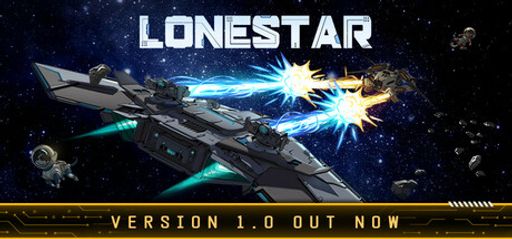I dove into LONESTAR with high hopes and an analytical mind. As a passionate speedrunner and strategist, I approached the game looking for intricate systems to optimize and master. LONESTAR is a strategic roguelike spaceship deckbuilder for bounty hunters. Built by Math Tide and published by Thermite Games, it promises unique challenges and a universe full of surprises. With a very positive reception from recent and all-time reviews, I was eager to see where this game excels—and where it needs polishing.
Overall Impressions
LONESTAR immediately stands out with its blend of roguelike mechanics and deckbuilding strategy. I enjoyed how the game rewards careful planning and rapid decision-making. Every turn feels like a race against the clock and against your own limitations. The game compares well with others in its genre, but it is not without faults. Some elements fall flat, particularly in how the game describes its many components. The translation issues in the item descriptions can confuse even the most seasoned players. I soon realized that every equipment and artifact deserves thorough study. Without clear explanations, you must rely on trial and error. This deters new players who are not fluent in the developer’s original language.
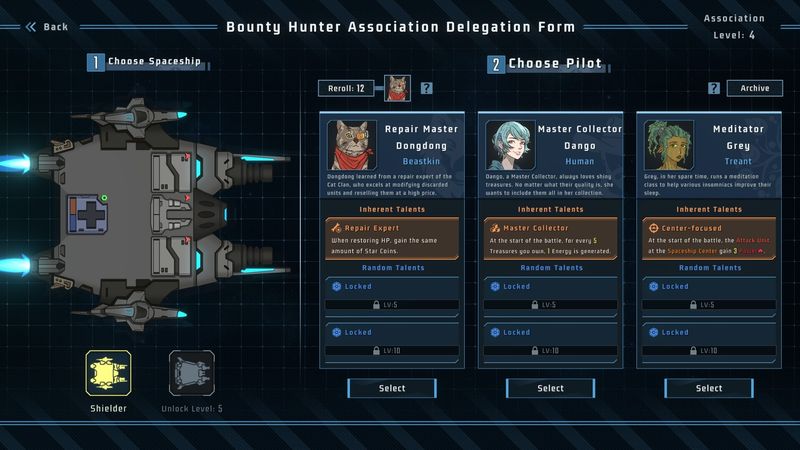
Gameplay Mechanics
Playing LONESTAR is a complex yet engaging experience. As a bounty hunter, my goal is to capture criminals and win shockwave battles. I must use my finite resources each turn as if solving a puzzle. I appreciate that every round forces me to think on my feet. The game incorporates a mix of resource management, decision-making, and strategy. With over 80 unique ship components per ship, I spent many hours experimenting with different builds. The diversity of units and the interplay between pilot talents is impressive.
Some players have noted that the descriptions of certain key functions remain vague or misleading. I agree with this critique. I once spent several minutes experimenting with equipment combinations until I understood their effects. This issue is a detriment to the overall experience. A comprehensive manual or detailed in-game guide would help cut down on these frustrating moments. Despite these translation challenges, I found ways to immerse myself fully. My runs were optimized by keen observation of how numbers and effects multiplied over time. I recommend that speedrunners record their successful strategies to beat increasing challenges faster.
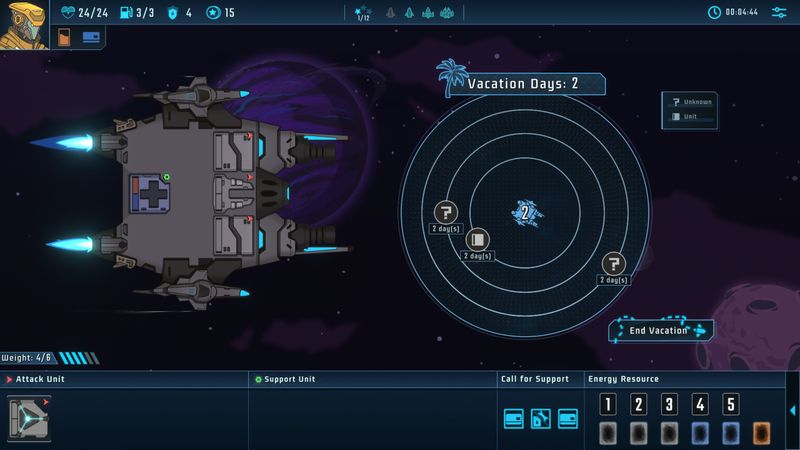
Story and Characters
The narrative in LONESTAR is subtle but effective. The game does not overload you with plot exposition. Instead, it lets you piece together a universe where bounty hunters become legends. I enjoyed the minimalistic storytelling that takes a back seat to the gameplay. The context of chasing notorious criminals celestially integrates with the rocket-fueled pace of gameplay. The characters, particularly your pilot and crew, are mostly defined by their talents and in-game roles. Their uniqueness comes to life during critical moments of the run. While the story does not dominate the experience, the world-building allows each battle and turn to feel significant.
The game’s approach to character design and narrative is refreshing. Each pilot has unique talents and random features that ensure no two runs are alike. I find that this randomness adds depth to the decisions I make, both on a strategic level and during high-pressure moments. However, narrative immersion suffers slightly due to the language barriers in descriptions. This compromise distracts from the inherent drama of being a lone bounty hunter in a vast universe. I hope future updates will introduce enhanced text and story clarifications.
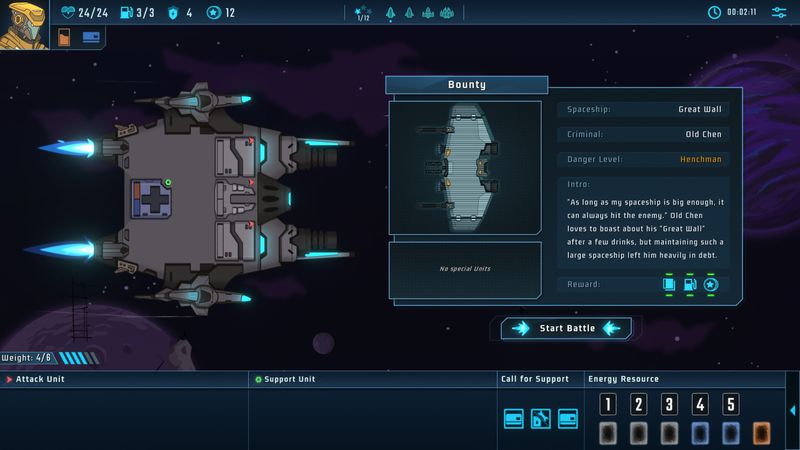
Visuals and Graphics
LONESTAR boasts impressive visuals for an indie title. The artwork is clean, with a distinct style that emphasizes clarity and function. I found that the artistic presentation contributes significantly to the sense of urgency during speedruns. The space-themed environments are detailed and vivid, with each spaceship component rendered to reflect its unique purpose. Cool animations on both friendly and enemy ships bring the interstellar battles to life. The lasers, explosions, and interactive environments enhance the disparity between calm strategy and sudden action. Visual polish makes it easier to track game elements during intense speedrunning sessions.
The overall graphic design aligns with the game’s ambitious scope. Despite a few minor user interface quirks, the layout is organized and intuitive. I appreciate that the developers have taken time to refine the aesthetics, a quality that bolsters the overall gameplay experience. Bright colors and clear visual cues help me keep track of the many moving parts during a run. However, integrating a mode that highlights details during speedruns might help further optimize gameplay for tactical enthusiasts like myself.
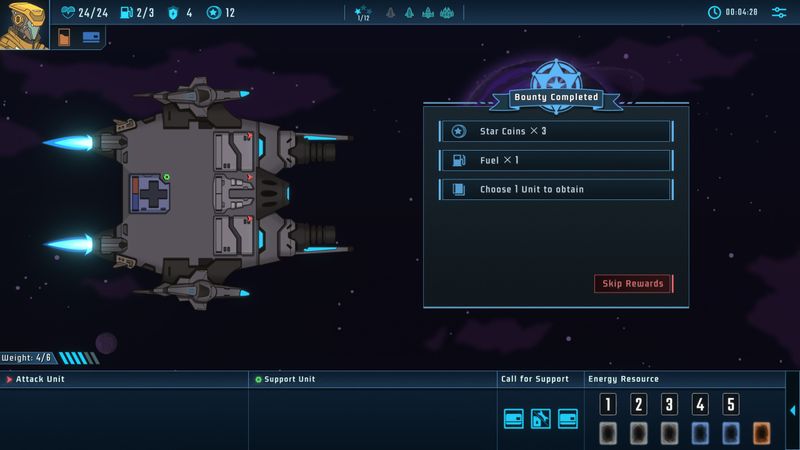
Sound and Music
The sound design in LONESTAR receives high marks in my book. The soundtrack fits the theme well and evolves with the intensity of the battle. While the music is not groundbreaking, it steers clear of monotony. Sound effects, particularly during combat, are crisp and satisfying. I enjoyed the auditory feedback that each move in battle delivered. The voice acting is serviceable and does not distract from the overall experience. Every laser blast or engine roar punctuates the high-speed strategy well.
I also appreciate that the sound complements the visuals during high-tension moments. The audio cues serve to alert me when I need to change my approach quickly. In fast-paced genres like this, immersion is key, and LONESTAR delivers with both its sound effects and its carefully curated soundtrack. Improved audio integration in specific speedrun scenarios may be a future enhancement for even deeper immersion.

Difficulty and Replayability
LONESTAR challenges players at every turn. The game never offers an easy path, demanding focus and creativity. Every run poses unique puzzles that force creative resource management. This keeps the gameplay fresh even after several hours of play. I was especially impressed by the variety of build combinations. With over 80 ship parts per ship, each run brings new strategies to consider. The random assortment of pilot talents and treasures means that no two runs are alike.
The replayability factor is high. The game encourages repeated playthroughs, each teaching new nuances of game mechanics. While the steep learning curve, partly due to the translation issues, might intimidate casual players, dedicated gamers will find endless depth here. On my runs, I meticulously recorded strategies to bypass certain hurdles faster. I learned the importance of resource allocation, quick decision-making, and adaptive gameplay through consistent practice.

Some player feedback highlights significant frustration with item descriptions and keyword explanations. I share this sentiment. Without comprehensive guidelines, I had to trial and error my way through several experiments. I advise fellow speedrunners to document effective strategies. This habit will help shorten the learning process and lead to quicker completion times. The game has a lot of potential, and I look forward to future updates that address these issues head-on.
Final Thoughts
In conclusion, LONESTAR is a robust blend of strategic deckbuilding and resource management. Its dynamic gameplay and replayability make it a standout title in the indie scene. The challenges posed by vague translations and documentation are real drawbacks. Yet, the game rewards perseverance with exciting battles, unique builds, and impressive visuals. I admire the developers’ ambition and creativity in creating such a detailed universe.
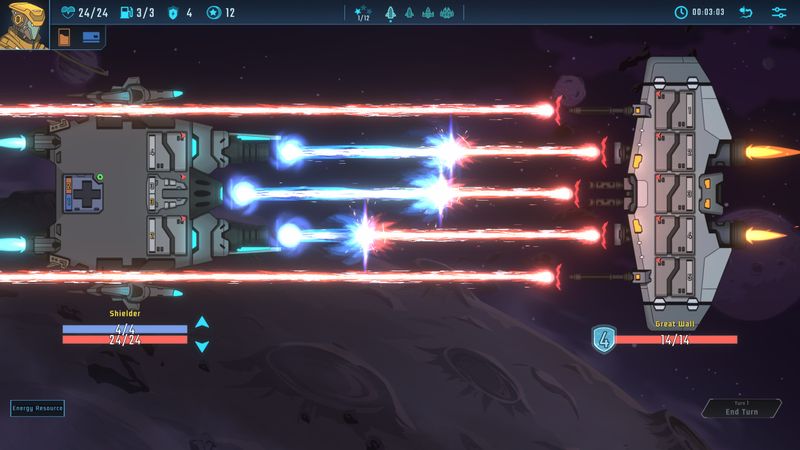
With a few improvements in textual clarity, LONESTAR would truly shine as a game that caters to speedrunners and strategists alike. Developers may consider releasing a comprehensive manual in the near future. This addition would greatly benefit players who seek to master every nuance of gameplay.
My score for LONESTAR is 4 out of 5 stars. This is a game I recommend to tactical gamers and speedrunners. It provides enough depth and variety to keep you engaged while challenging you to optimize every move. It may take some time to reach its full potential, but for those willing to invest the effort, the experience is rewarding.
SpeedyGamer99 signing off. Happy speedrunning, and may your runs be the fastest and your strategies unmatched!

